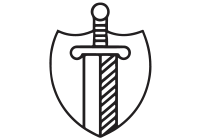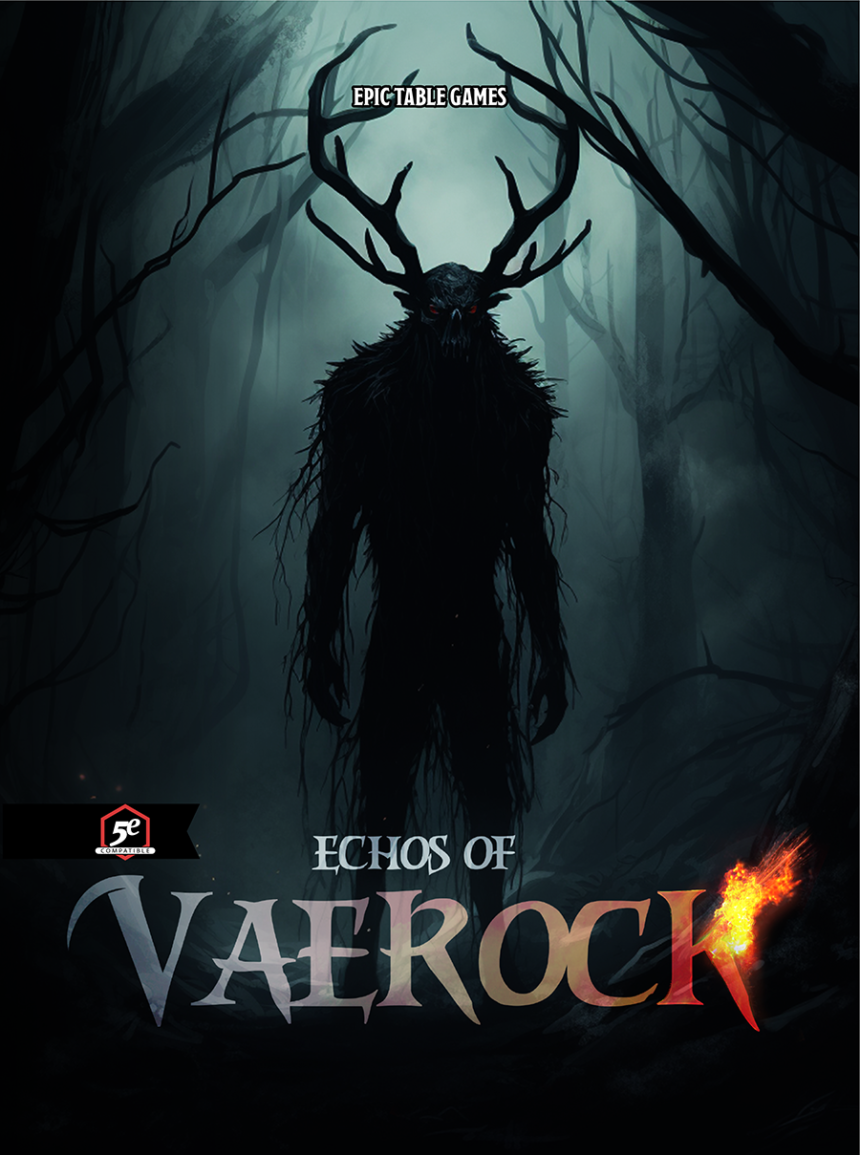[vc_row][vc_column width=”1/4″][porto_info_box icon_size=”32″ icon_border_radius=”500″][/porto_info_box][porto_info_list][porto_info_list_item]Author: Amanda Hamon Kunz[/porto_info_list_item][porto_info_list_item]Date Published: Nov. 6, 2018[/porto_info_list_item][porto_info_list_item]184 Pages[/porto_info_list_item][porto_info_list_item]Published for Paizo’s Pathfinder 1e[/porto_info_list_item][/porto_info_list][vc_btn title=”Buy Now” style=”flat” shape=”square” color=”blue” size=”lg” link=”url:https%3A%2F%2Famzn.to%2F38t9hO1|target:_blank”][/vc_column][vc_column width=”3/4″][vc_column_text]If you’ve been following along with us on our Epic Table Games Audio show, you’ll know that I’ve been searching for a suitable viking themed game for a long time. Something that encompassed the entirety of the culture, expedition, and savage combat that we have come to know and love from the viking raiders of Eastern Europe.
While Midgard has a lot of themes taken directly from Norse Culture, and is ripe with details on different races, worlds, and Gods, it falls short on delivering something that truly feels like a viking based campaign. The world of Midgard is split into nine nations, with many races inhabiting one nation each – a tale of segregation as old as time possibly. The races however are well thought out, and while semi-unique, anyone who has years of experiences in Role Playing Games can see the same mechanics underneath the non-cannon veneer of Paizo’s own first party content.
Before it sounds like the setting for Midgard isn’t beautiful I need to make it clear that the world is very well thought out, and features in depth information for each race and nation. Alliances that have been made and broken over the course of the history of Midgard are fleshed out in the timeline that runs along the first dozen or so pages of the world book. Clouded in pages we are treated with the primary theme of Midgard itself: The world is broken, and the age of the hero is dead. Midgard is at war with itself, or how it’s presented in the book. We know that home-brewing is really the only way to play such an expansive new setting.
For players who are looking to get into something fresher than the standard Pathfinder game without moving into second edition the Midgard Setting is highly entertaining and worth it. There are a few small pieces to the puzzle though, and something to look out for.
Kobold Press has published Midgard for both D&D 5e and Pathfinder 1e. So beware when purchasing this material – Pathfinder 1e does not play as well with 5th edition as it does 3rd. And, much like most of the cannon Pathfinder information – there is the players book which details all of the resources a player will need to build the initial character skeleton, including new races, a few class options, a new class, and a handful of feats. Most of the primary classes from the Core Rulebook mesh well with Midgard, but a bit of care may need to be taken when allowing a wide range of races. I’m sure they could exist, however for the sake of ease it’s likely best to not include anything that doesn’t fall on the included social status table in the early chapters.
If you’re looking to plan a campaign in Midgard, you’ll also want the World Book, which is the rich history and lore of the world. Detailing many of the caveats of each nation, and their respective relations amongst each other. It’s important to note that the Worldbook and the Players Handbook are not interchangeable. The MPHB is the only book with player options, and the Worldbook is only world information.
There is a third book for the Midgard Pathfinder game, called the Midgard Campaign Setting, which is a small contained set of information and will work you through what is essentially a first mission. The Campaign Setting is nice to have, but I wouldn’t say it’s a requirement.[/vc_column_text][/vc_column][vc_column][vc_column_text]
Photo by Marek Piwnicki on Unsplash
[/vc_column_text][/vc_column][vc_column][/vc_column][/vc_row]






